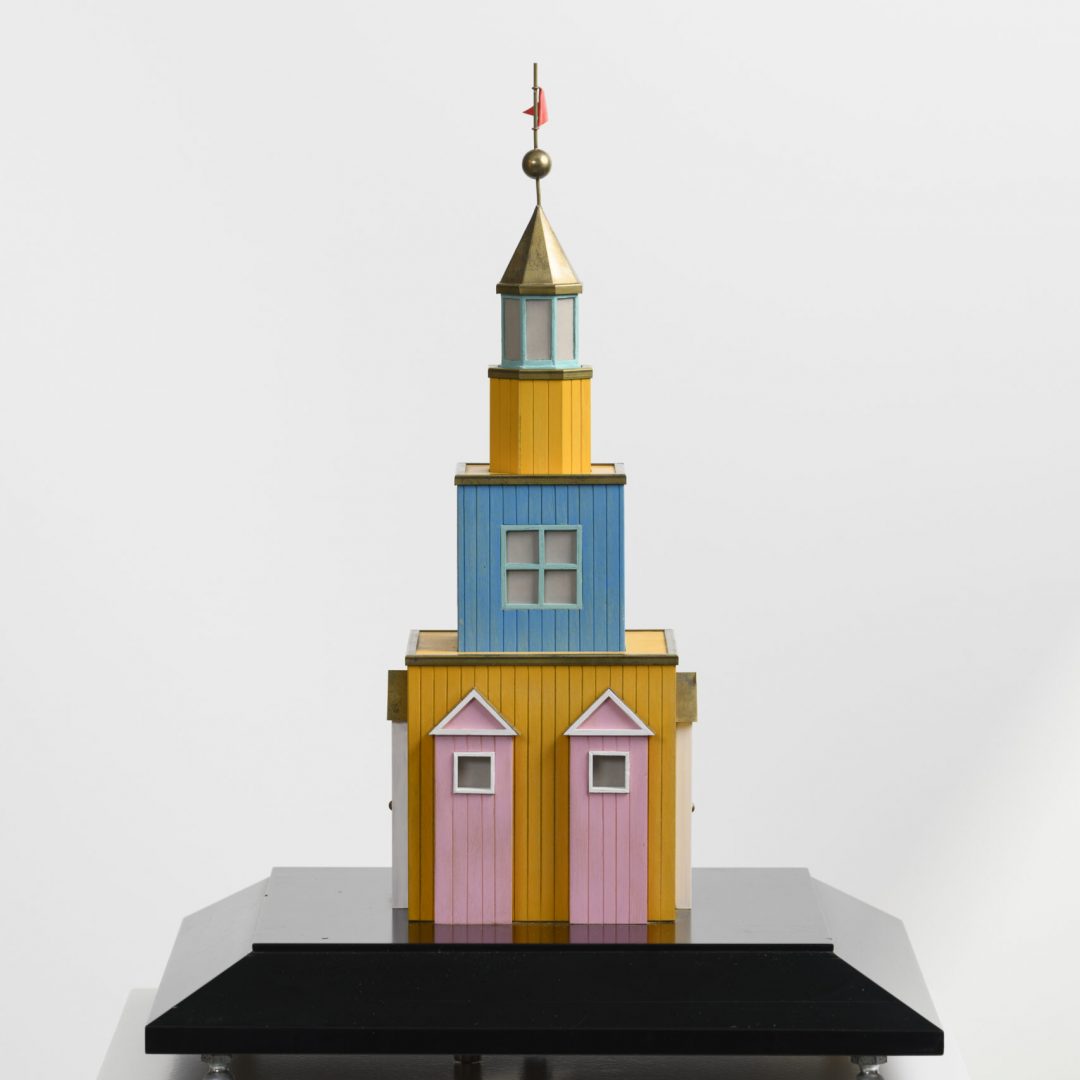Russian Box
Buiten het pop-up museum staat een bijzonder gebouw. Het is bedacht door de wereldberoemde Italiaanse architect Aldo Rossi (1931-1997 Milaan), die ook het museumgebouw van het Bonnefanten heeft ontworpen. Rossi ontwierp het in 1989 en noemde het de Russian Box. Niet omdat het voor een Russische stad is ontworpen, maar omdat het lijkt op de Russische Matroesjka poppetjes. Deze kunnen van groot naar klein in elkaar geschoven worden. Zo ook de toren, die lijkt te bestaan uit verschillende dozen die op elkaar gestapeld zijn. Vroeger konden deze dozen met een hendel echt in elkaar worden gedraaid! Tegenwoordig kan dat helaas niet meer, omdat het mechanisme te kwetsbaar is.
Ook de architectuur van de toren verwijst naar de kleurrijke Russische gebouwen, zoals die voor de Russische revolutie in 1917 werden gebouwd. Voor de revolutie had het Russische keizerrijk nauwe banden met Europa, en de architectuur in Rusland leek op die in Frankrijk, Duitsland en Oostenrijk. Dat de geel-blauwe kleur van de toren nu doet denken aan de vlag van Oekraïne, is toeval. In 1989 hing juist het einde van de Koude Oorlog in de lucht, met de val van de Berlijnse Muur op 9 november. Het kan zijn dat Rossi, geïnspireerd door de politiek, dit gebouwt juist ontwierp om te vieren dat Rusland na decennia van isolatie weer toenadering zocht tot Europa. De Russian Box is in 2020 aan het Bonnefanten geschonken en is deze zomer voor het eerst te zien.
Outside the pop-up museum stands an unusual building. It was conceived by the world-famous Italian architect Aldo Rossi (1931-1997 Milan), who also designed the Bonnefanten museum building. Rossi designed it in 1989 and called it the Russian Box. Not that it was designed for a Russian city, but because it resembles the Russian Matryoshka dolls, which can be fitted into one another from big to small. The same applies to the tower, which appears to consist of different boxes piled up. At one time, these boxes could really fit inside one another by turning a handle! Unfortunately, that is no longer the case, as the mechanism is too fragile.
The architecture of the tower also refers to the colourful Russian buildings that were built before the Russian revolution of 1917. Before the revolution, the Russian empire had close ties with Europe, and the architecture in Russia resembled that of France, Germany and Austria. Today, the yellow and blue of the tower reminds us of the flag of Ukraine, but that is just coincidence. In 1989, the end of the Cold War was in the offing, and the fall of the Berlin Wall took place on 9 November. It could be that Rossi, inspired by the political situation, designed this building precisely in celebration of the fact that Russia was making overtures to Europe again after decades of isolation. The Russian Box was donated to the Bonnefanten in 2020 and is being exhibited for the first time this summer.
Foto Peter Cox
VRIJTHOF village
10 Sept
12:00 - 17:00
Vrijthof, Maastricht




